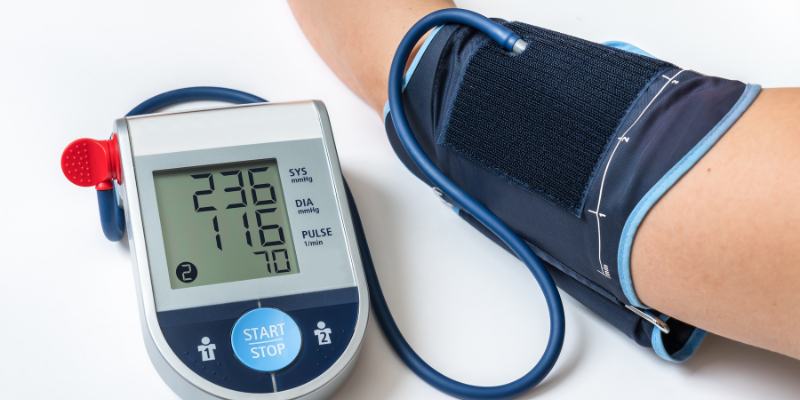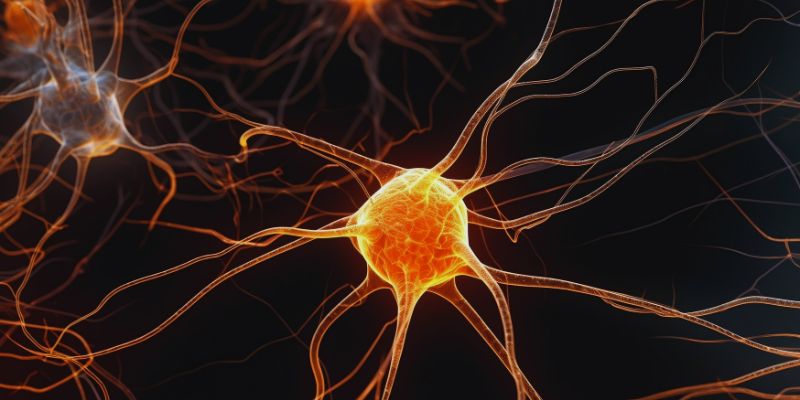Causes, Symptoms, and Diagnosis of Fibromuscular Dysplasia: A Complete Guide
Fibromuscular dysplasia (FMD) is a rare condition that affects the arteries, causing them to become narrowed, twisted, or enlarged. Although it can impact various arteries throughout the body, it most commonly affects the renal and carotid arteries. FMD is often undiagnosed because it frequently presents with subtle symptoms, and many individuals may remain unaware of the condition until complications arise.
Early diagnosis and management are key to preventing severe complications such as stroke or kidney failure. This article explores the causes, symptoms, and diagnostic methods associated with fibromuscular dysplasia, providing essential insights into the condition.
What is Fibromuscular Dysplasia?
Fibromuscular dysplasia is a non-atherosclerotic vascular disease that involves abnormal growth or development of cells in the walls of the arteries. This growth can lead to narrowing, stenosis, or ballooning of the arteries, disrupting normal blood flow. The condition often affects younger women, typically between 30 and 60, though it can occur in men and at any age. Despite its potentially serious complications, FMD can remain silent for many years, making it challenging to detect early.
Causes of Fibromuscular Dysplasia:
The exact cause of fibromuscular dysplasia remains unknown, but several factors may contribute to the development of the condition:
- Genetic Factors:
FMD is believed to have a genetic component, as it often runs in families. Specific genetic mutations affecting the connective tissues may predispose individuals to develop abnormal cell growth in the arterial walls.
- Hormonal Influences:
The condition is more common in women than men, suggesting that hormonal factors may play a role. Estrogen, in particular, has been implicated in promoting the vascular changes associated with FMD.
- Environmental and Lifestyle Factors:
While FMD is not directly linked to lifestyle factors such as smoking or diet, it may exacerbate the condition or contribute to its progression once it develops. Trauma or injury to blood vessels could also contribute to abnormal tissue growth.
- Vascular Injury or Inflammation:
Damage to the arterial walls, whether from trauma or other conditions like inflammation, might trigger the abnormal growth patterns seen in FMD.
Symptoms of Fibromuscular Dysplasia:
The symptoms of fibromuscular dysplasia can vary depending on the affected arteries, and many people with FMD may experience no symptoms. When symptoms do occur, they may include:
- High Blood Pressure (Hypertension):
Renal artery involvement is common in FMD and can lead to secondary high blood pressure. The narrowing of the arteries reduces kidney function, triggering the release of hormones that elevate blood pressure.

- Stroke-like Symptoms:
When the carotid arteries are affected, individuals may experience stroke-like symptoms, including dizziness, weakness, numbness, and trouble speaking or seeing.
- Headaches:
Persistent or severe headaches may occur significantly when the arteries supplying the brain are narrowed or distorted.
- Abdominal Pain:
FMD can also affect the arteries that supply blood to the digestive organs, leading to abdominal pain or bloating symptoms, especially after eating.
- Leg Pain or Swelling:
If the arteries supplying the legs are affected, individuals may experience pain or swelling, often worsened by activity.
How Fibromuscular Dysplasia is Diagnosed?
Early diagnosis of fibromuscular dysplasia is crucial to managing the condition and preventing complications such as stroke or kidney damage. Several diagnostic tools can help identify FMD:
- Imaging Tests: Imaging techniques, including ultrasound, CT angiography, and MRI angiography, are commonly used to visualize the arteries and detect abnormalities in the blood vessels. These tests help identify narrowing, twisting, or ballooning areas in the affected arteries.
- Renal Artery Doppler Ultrasound: This test is beneficial for diagnosing FMD in individuals with high blood pressure. It helps detect abnormalities in blood flow within the renal arteries, which may indicate narrowing or blockage caused by FMD.
- Magnetic Resonance Angiography (MRA): MRA provides detailed images of blood vessels and can identify vascular abnormalities characteristic of FMD, especially in the renal and carotid arteries.
- CT Angiography: CT angiography is a non-invasive imaging technique that uses X-rays and computer technology to produce detailed images of blood vessels, which is beneficial in diagnosing FMD in larger arteries.
- Blood Tests: While no specific blood tests diagnose FMD, doctors may perform routine tests to rule out other causes of hypertension or vascular disease, such as atherosclerosis.
- Biopsy (Rare): In some cases, a biopsy may be needed if there is uncertainty about the diagnosis. A tissue sample from the affected artery is examined under a microscope to confirm the presence of fibromuscular dysplasia.
Treatment of Fibromuscular Dysplasia:
While fibromuscular dysplasia cannot be cured, various treatment options can help manage symptoms, prevent complications, and improve the quality of life for affected individuals.
- Medications for Hypertension:
High blood pressure is a common complication of FMD, and controlling blood pressure is critical to preventing further damage to the kidneys and cardiovascular system. Medications like ACE inhibitors, angiotensin receptor blockers (ARBs), calcium channel blockers, or diuretics may be prescribed.

- Angioplasty and Stenting:
In some cases, angioplasty (a procedure that opens up narrowed arteries) and stenting (placement of a mesh tube to keep the artery open) may be used to treat the affected arteries. These procedures can help improve blood flow and reduce symptoms associated with artery narrowing.
- Surgical Intervention:
In severe cases, surgical treatment may be necessary to repair or bypass damaged arteries, mainly if FMD has led to organ damage such as kidney failure or stroke.
- Monitoring and Regular Check-ups:
Regular follow-ups with healthcare providers are essential for individuals with FMD. Monitoring blood pressure, kidney function, and vascular health can help detect early signs of complications and manage the condition effectively.
Conclusion
Fibromuscular dysplasia is a rare but serious condition that can lead to significant health complications if not properly managed. While there is no cure for FMD, early diagnosis and treatment can help control symptoms and prevent further damage to the arteries, kidneys, and other organs.
If you or someone you know is experiencing symptoms such as high blood pressure, headaches, or stroke-like signs, it's essential to seek medical advice. Early intervention is key to managing fibromuscular dysplasia and improving the quality of life.












